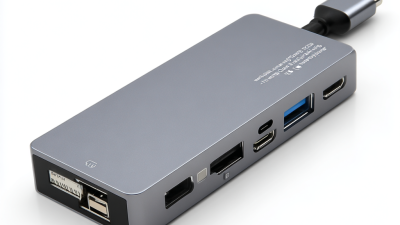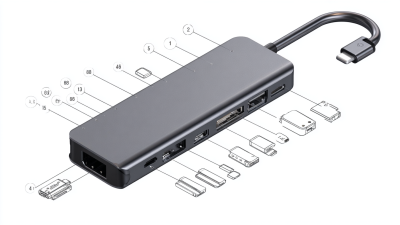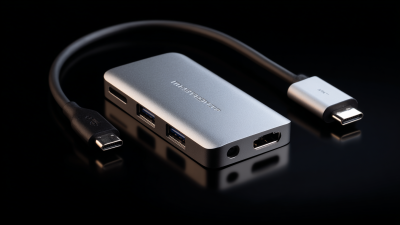
-
Home
-
Products
-
About Us
-
OEM&ODM
-
News
-
Contact Us
Inquiry
Form loading...

In today's fast-paced work environment, efficiency and connectivity are paramount for success. The rise of remote work and flexible office setups has propelled the need for reliable solutions that enhance productivity. One such solution is the Docking Station USB C, which has gained traction in the tech community for its ability to simplify connectivity while maximizing workstation potential. According to a report by Tech Insights, 74% of professionals utilizing docking stations reported improved workflow and reduced setup times, highlighting their growing importance in modern workplaces.
Industry expert and productivity analyst, Dr. Emily Carter, emphasizes the significance of this technology, stating, "The Docking Station USB C is not just a peripheral; it's a pivotal tool that transforms how we interact with our devices, enabling seamless integration and fostering a more organized workspace." As professionals increasingly rely on multiple devices, the ability to effortlessly connect a laptop to various peripherals, including monitors, keyboards, and mice, through a single USB C hub is crucial in enhancing both efficiency and user experience.
This article delves into the top 10 benefits of using a Docking Station USB C, exploring how it facilitates better productivity, strengthens connectivity, and ultimately empowers users to achieve their best work in today's dynamic digital landscape.
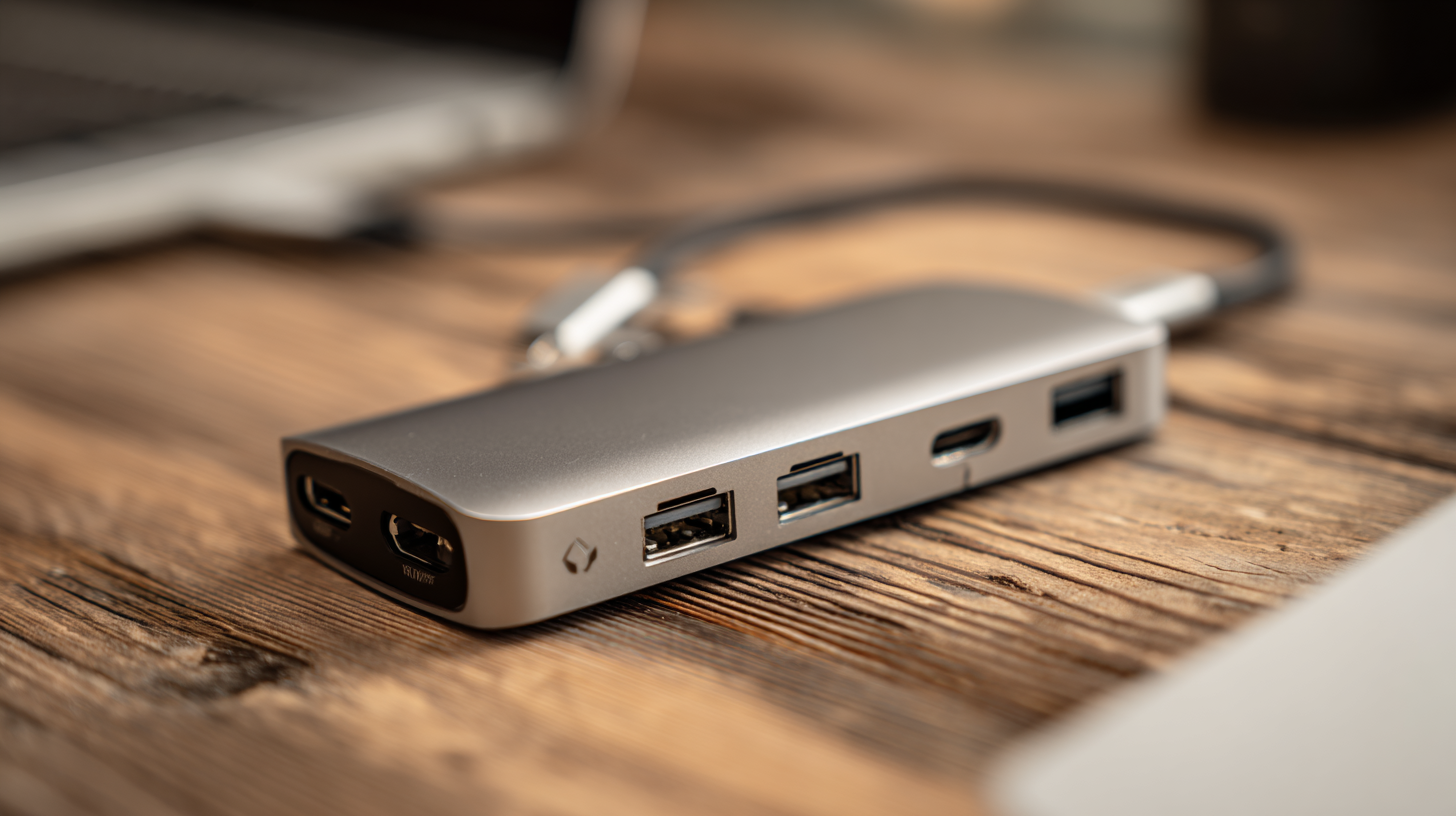
Using a USB-C docking station can significantly enhance device compatibility and connectivity, making it an essential tool for modern professionals. As technology evolves, so does our reliance on multiple devices, and a docking station allows seamless integration of laptops, tablets, and smartphones. With various ports available, including HDMI, USB-A, and Ethernet, users can connect to monitors, peripherals, and networks effortlessly. This ensures that you can maintain a consistent workflow without the hassle of switching cables or dealing with limited connectivity options.
Tips for optimizing your setup include organizing your workspace around the docking station. Position the docking station in a central location to ensure all devices can connect without stretching cables. Additionally, keep your drivers updated to maximize compatibility with the latest devices and operating systems. Finally, consider using a docking station that supports power delivery, which can charge your devices while they are connected, reducing the number of cables on your desk and streamlining your workflow.
Moreover, when choosing a docking station, be mindful of the types of devices you use regularly. Selecting a model that accommodates all your gadgets can prevent compatibility issues and enhance your productivity. Take time to explore different options to find a docking solution that meets your specific needs while allowing for future upgrades as technology continues to advance.
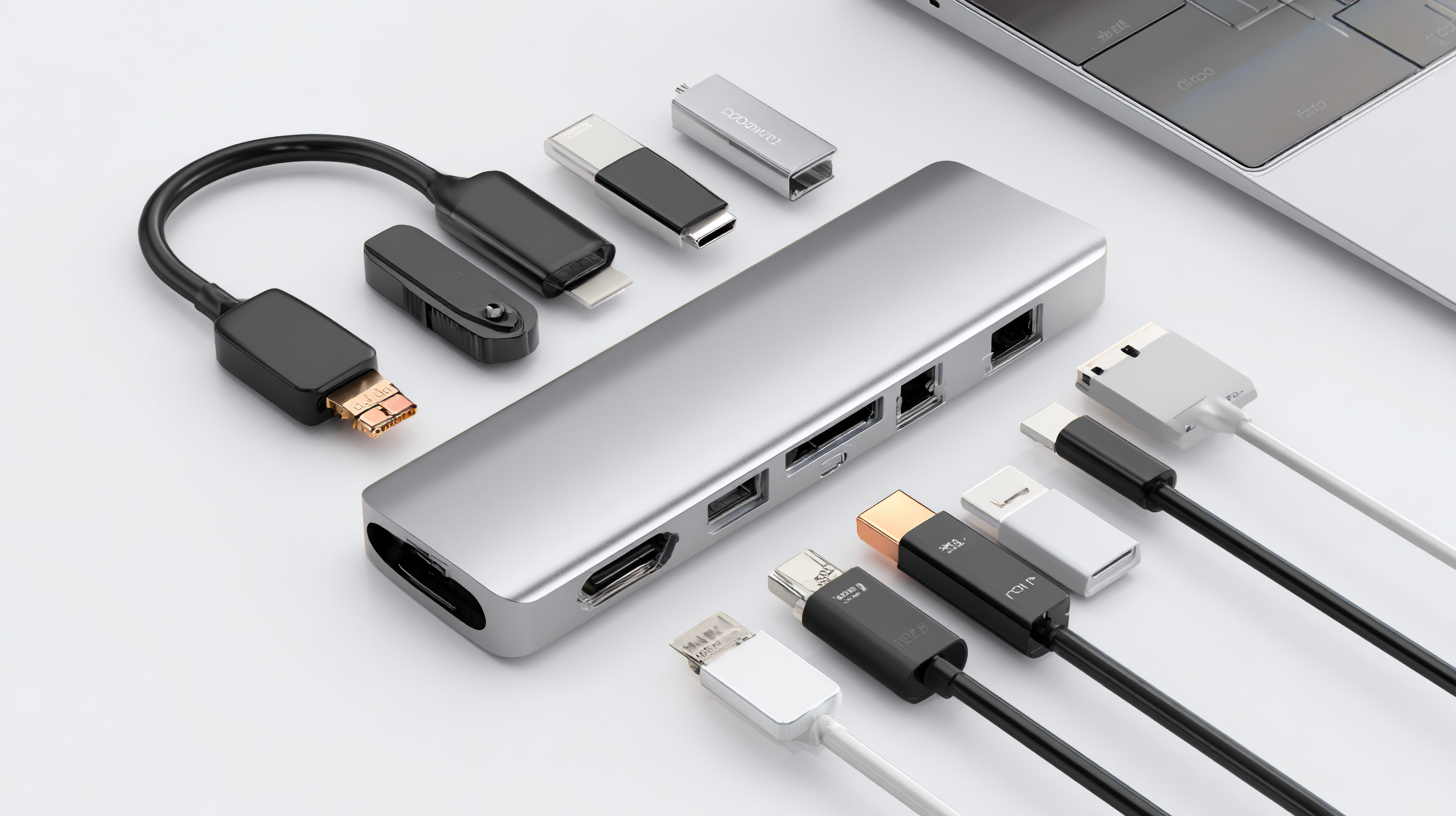 A USB C docking station is a game-changer for anyone looking to enhance their workflow and connectivity. With multiple ports and connections, it allows users to simultaneously connect various devices, which can be especially helpful in a multi-tasking environment. For instance, you can connect your laptop to an external monitor, keyboard, and mouse all through one sleek device. This setup not only declutters your workspace but also significantly boosts your efficiency, allowing for a more seamless transition between tasks.
A USB C docking station is a game-changer for anyone looking to enhance their workflow and connectivity. With multiple ports and connections, it allows users to simultaneously connect various devices, which can be especially helpful in a multi-tasking environment. For instance, you can connect your laptop to an external monitor, keyboard, and mouse all through one sleek device. This setup not only declutters your workspace but also significantly boosts your efficiency, allowing for a more seamless transition between tasks.
Tips for maximizing your docking station experience include organizing cables using cable ties or clips to prevent tangling and creating a clean workspace. Additionally, take advantage of USB C's power delivery feature to charge your laptop while using it. This means you won’t have to worry about low battery warnings interrupting your workflow, making your entire operation smoother.
Another advantage of a docking station is the ability to quickly switch between different workspaces. For those who work remotely or in different locations, having a docking station ready to go means you can easily connect to essential peripherals without spending time searching for ports. Make sure to keep your docking station portable for easy movement between desks or home office setups.
In today's fast-paced work environment, improved workspace organization is essential for maximizing productivity. According to a study by the International Data Corporation (IDC), companies can lose up to 20% of employee productivity due to inefficient workspace layouts and clutter. A Docking Station USB C not only streamlines the connection of multiple devices but also contributes significantly to a cleaner, more organized workspace. By consolidating various ports and connections into a single hub, users can keep their desks free from the tangled mess of cables, leading to a more focused and efficient working atmosphere.
Moreover, reduced cable clutter has a positive impact on mental clarity. A survey conducted by the National Institute of Health found that individuals working in organized environments reported 15% higher levels of concentration and task completion. With a Docking Station USB C, users can connect laptops, monitors, and peripherals using just one cable, making it easier to move around the workspace and maintain an orderly setup. This not only enhances the aesthetic appeal of the workspace but also fosters a more productive mindset, enabling professionals to accomplish their tasks more effectively.
The integration of a USB-C docking station into a workspace can significantly enhance productivity, particularly through its ability to provide faster data transfer rates. USB-C technology supports higher bandwidth compared to traditional connections, allowing users to transfer large files in mere seconds. This efficiency is especially beneficial for professionals engaged in data-intensive tasks, such as graphic designers, video editors, and software developers, who often need to move large assets quickly to keep their workflow uninterrupted.
Furthermore, the convenience of a docking station facilitates a more organized and efficient workspace. With multiple ports available, users can connect peripherals such as external hard drives, monitors, and keyboards simultaneously, all through a single USB-C connection. This not only minimizes cable clutter but also streamlines the process of switching between devices, allowing for a more fluid transition during tasks. As a result, enhanced connectivity coupled with high-speed data transfer empowers users to maximize their productivity and work seamlessly, adapting swiftly to any project demands.
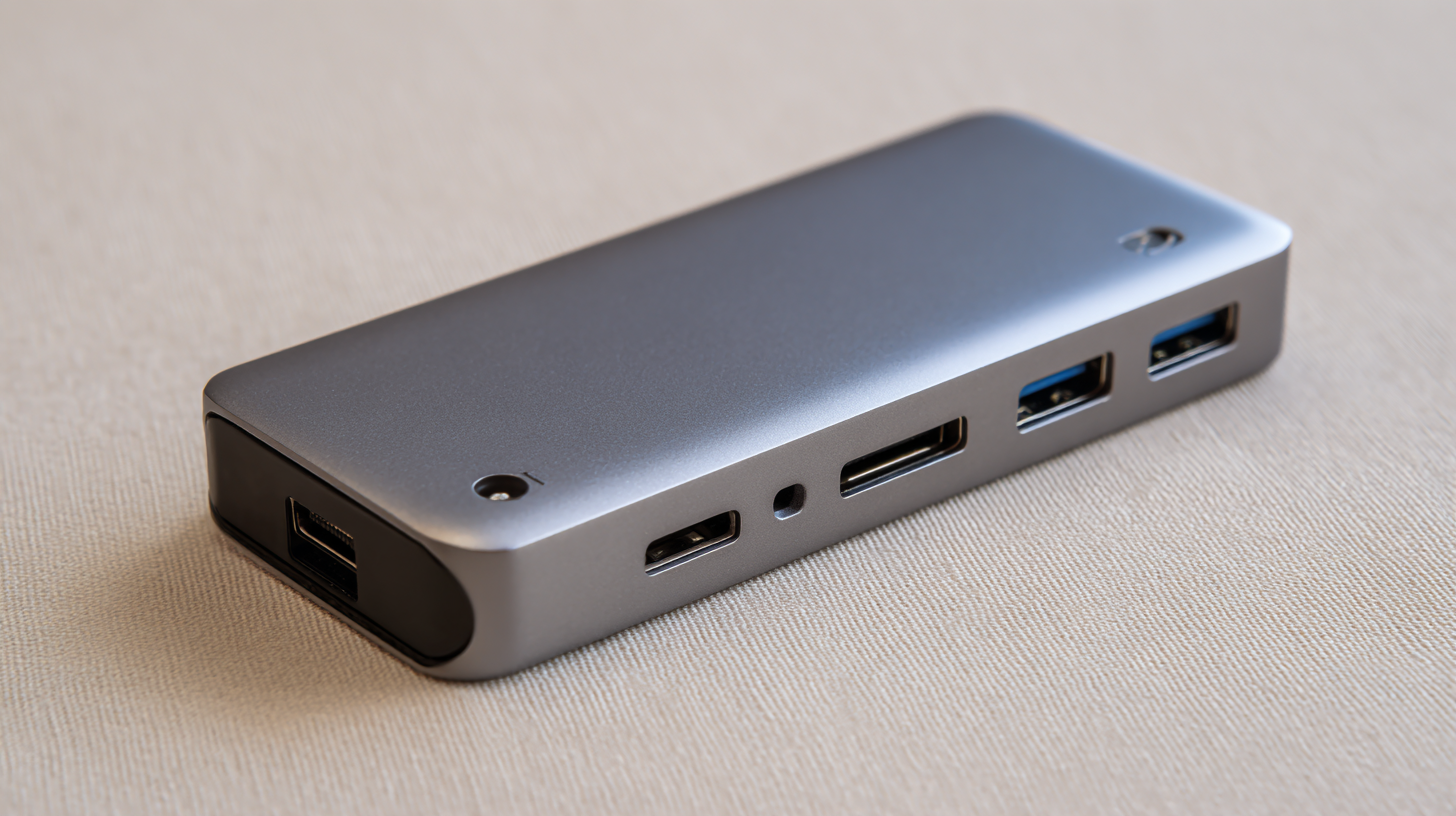
A USB-C docking station can significantly enhance productivity by providing seamless integration with laptops and peripheral devices. As technology continues to evolve, users often face challenges when transitioning between different ecosystems, particularly when moving from closed environments like Apple's to more versatile platforms. A docking station facilitates this transition by enabling quick connections to multiple devices—such as monitors, keyboards, and external storage—without the hassle of dealing with various cables and ports.
Moreover, modern advancements in docking technology offer features that cater to the needs of both professionals and gamers alike. With the introduction of innovative laptops and peripherals, users can benefit from dual monitor setups and improved data transfer rates. These integrations not only streamline workflows but also enhance the overall user experience, allowing for more efficient multitasking. The ability to connect effortlessly to various devices using just one cable exemplifies how docking stations can redefine productivity in a technology-driven world.
